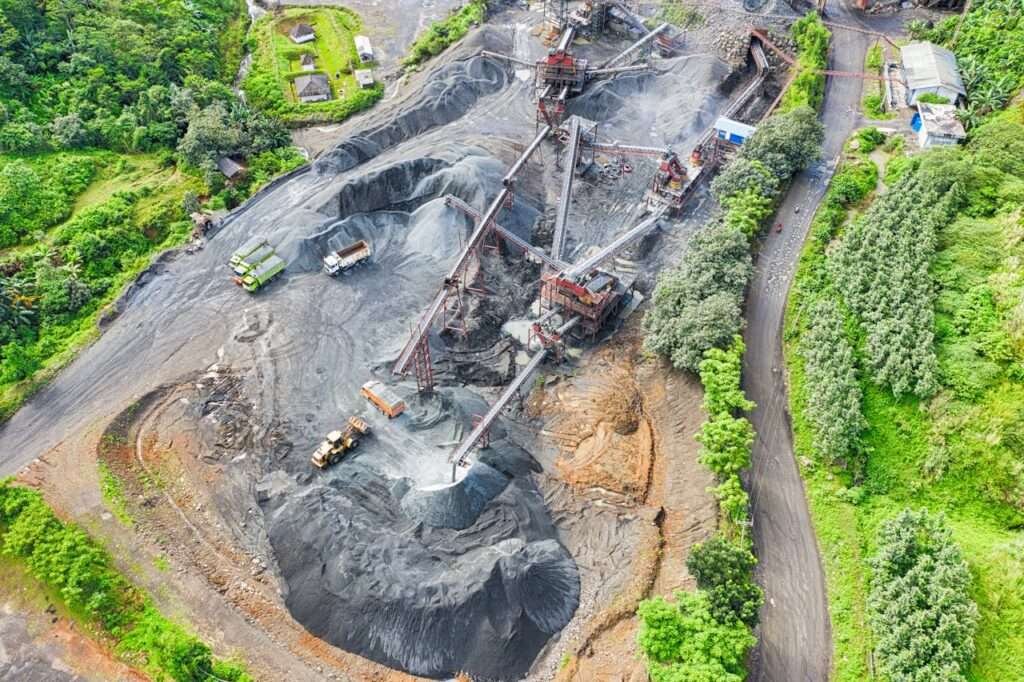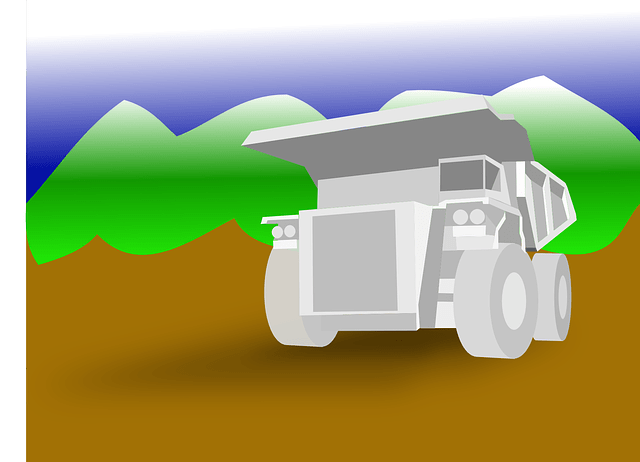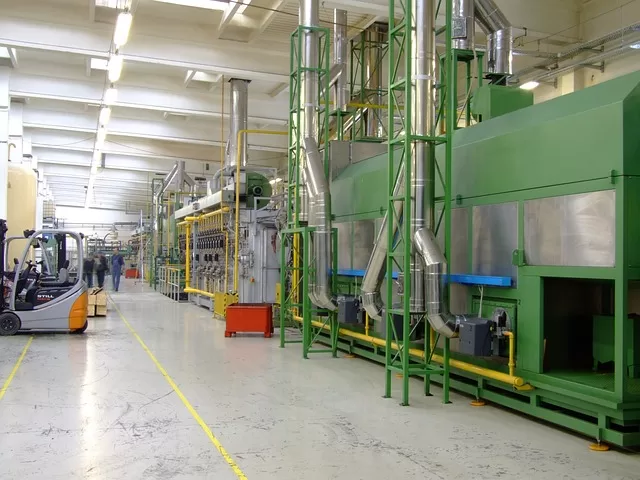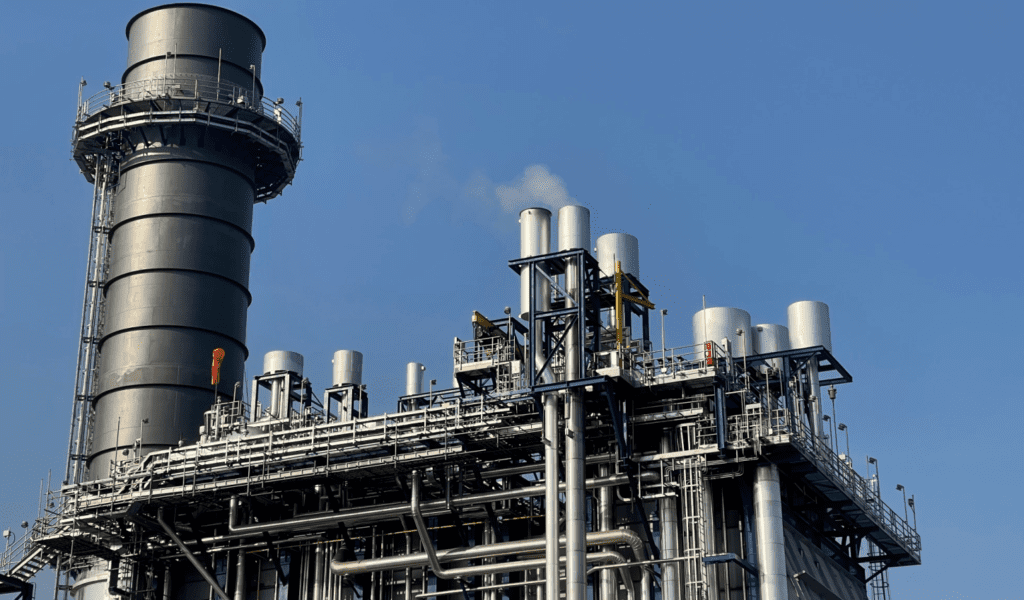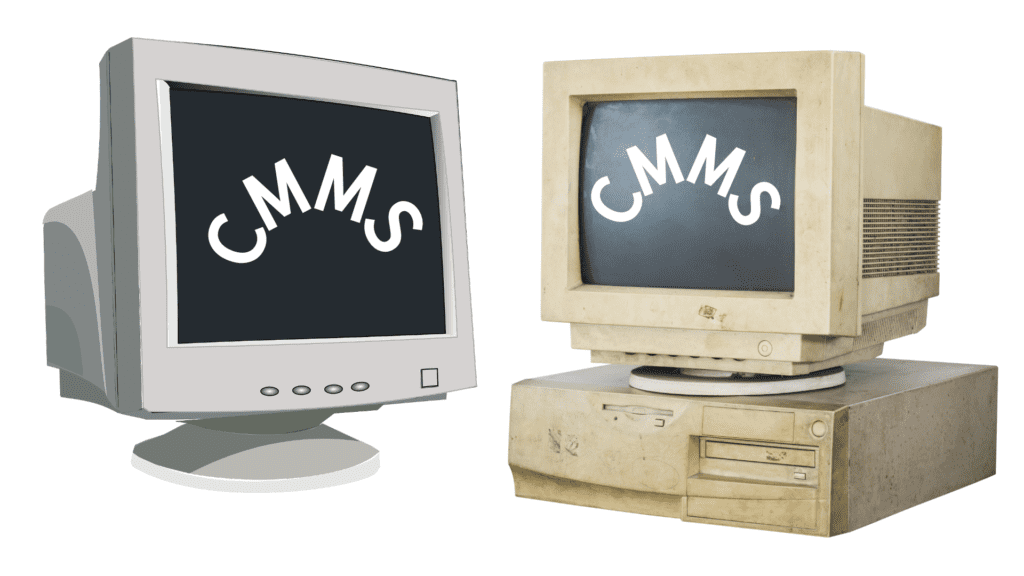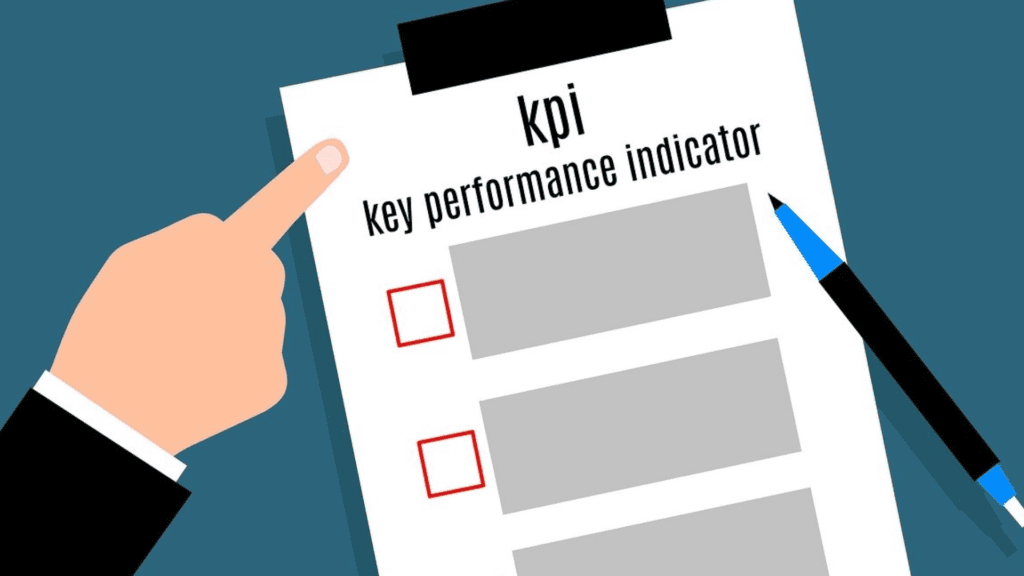The Importance of Mining Industry Regulation Guidelines.
Regulation guidelines for the mining industry are critical to ensuring worker and environmental safety.
Mining operations can be inherently dangerous in a variety of ways, with particular emphasis on any equipment or process that is directly operated by people.
By providing clear and comprehensive guidelines, mining companies can work to reduce the risk of harm at their operations and create a safe working environment for all employees.
These guidelines are intended to provide a comprehensive framework for defining the steps and protocols that mining operations and equipment manufacturers must follow.
Companies that adhere to these guidelines can better manage risks, prevent accidents, and reduce their environmental impact.
How Guidelines for Regulatory Compliance Should Be Written.
Mining Industry Regulation Guidelines must be written in plain language, with no jargon, so that they are understandable to people of all levels of experience and education.
Guidelines should be well-structured and organised, divided into sections with descriptive headings that logically break up the content, and accompanied by step-by-step instructions.
Practical examples and scenarios, as well as relevant case studies, should be used to demonstrate how guidelines apply in real-world situations.
Remember, effective guidelines bridge legal requirements and practical implementation.
What Are The Goals Of Mining Industry Regulation Guidelines?
One of the primary goals of these guidelines is to provide clarity to all stakeholders in the mining industry on exactly what is required to be compliant to the law.
1. Clearly written content: The subject guidelines reduce ambiguity by clearly defining expectations and requirements, ensuring that everyone understands their roles and responsibilities.
a. Clear communication is especially important when it comes to safety procedures and protocols, as any confusion or misunderstanding can have disastrous consequences.
2. Practical and Logical: These guidelines are intended to provide practical guidance to mining companies, equipment manufacturers, and industry workers.
a. Practical guidance materials help businesses streamline their operations and ensure compliance with industry best practices by providing detailed instructions for implementing safety measures, conducting risk assessments, constructing equipment, inspecting it before use, and using the equipment and technology.
3. Mitigate Risks: Guidelines will also cover the critical topic of risk mitigation. Mining operations are inherently risky, so it’s critical to identify and mitigate potential hazards.
a. The guidelines present a systematic approach to risk identification and assessment, allowing businesses to implement appropriate controls.
b. By effectively managing risks, mining companies can protect their employees and reduce the likelihood of accidents and injuries.
4. Detect Issues Earlier: Compliance guidelines also emphasise early detection of potential issues. Mining companies can better detect and address deviations from expected standards by implementing robust monitoring and reporting systems.
a. Early detection of deviations helps to prevent further problem escalation and ensures that corrective measures are implemented in a timely manner.
5. Standardisation matters: Another significant advantage of these guidelines is standardisation. By establishing industry-wide standards, the guidelines promote consistency and uniformity in the mining industry.
a. This standardisation promotes better collaboration and knowledge sharing among various stakeholders, resulting in increased efficiency and effectiveness across the sector.
6. Best Practices: Guidelines provide a platform for promoting best practices in the mining industry. By emphasising successful approaches and techniques, the guidelines encourage businesses to adopt and continuously improve their practices.
a. This emphasis on continuous improvement encourages innovation and propels the industry towards more sustainable and responsible mining practices.
7. Better with Feedback: These guidelines also establish a feedback loop for continuous improvement. They provide a platform for individuals and businesses to share their experiences, lessons learned, and recommendations for improvement.
a. By actively seeking feedback from workers, industry experts, and other stakeholders, the guidelines can be updated and refined on a regular basis to reflect the mining industry’s changing needs and challenges.
How Mining Industry Regulation Guidelines Help Businesses.
One aspect of practical advice that can be offered from Mining Industry Regulation Guidelines is how to handle and dispose of hazardous materials properly.
Chemicals and other materials that, if not handled properly, can be hazardous to human health and the environment are commonly used in mining operations.
The precise actions and safety measures that must be followed to guarantee that these materials are handled, stored, and disposed of safely are outlined in the Regulation Guidelines.
The guidelines might, for instance, contain comprehensive instructions on how to label and store hazardous chemicals appropriately, including suggestions for the use of suitable containers and storage spaces.
They might also outline the safety measures that must be taken to lower the chance of exposure to dangerous materials, like donning PPE and setting up ventilation systems.
Practical advice may address other operational facets of the mining sector in addition to hazardous materials.
For instance, it might offer suggestions on how to lessen the negative effects of mining on the environment, like appropriate waste management and land restoration following mining operations.
The guidelines might also contain health and safety rules that make sure mining companies put the health and safety of their workers first.
This could include guidelines for carrying out risk analyses, putting safety procedures into place, and offering sufficient worker training.
By adhering to these regulations, mining companies can lower the risk of accidents and injuries while also fostering a safe working environment.
Guidance material that is both practical and well-written is essential for individuals and businesses operating in the mining industry as they navigate intricate legal requirements and operational challenges.
By providing step-by-step instructions, examples, and scenarios, these guidelines help mining companies to meet their legal obligations, protect the environment, prioritise their employees’ health and safety, and engage with local communities in a responsible and sustainable way.
Navigating The Risk Intensive Mining Industry Safely.
Guidelines for mining industry regulations help to avoid unintentional non-compliance instances.
Individuals and businesses that adhere to these guidelines can better protect mining workers while avoiding legal pitfalls, penalties, and fines.
The guidelines provide a framework for identifying and mitigating potential risks, resulting in a safer working environment.
To effectively mitigate risks in the mining industry, workers must first understand the potential hazards and challenges they may face.
These guidelines are an invaluable resource for identifying and assessing these risks, allowing mining companies to implement appropriate preventative measures and ensure the safety of their employees.
Implementing strong safety protocols and procedures is an important part of risk management in the mining industry.
These guidelines will typically outline the best practices for setting safety standards, performing regular inspections, and providing adequate worker training.
By adhering to these protocols, mining companies can reduce the likelihood of accidents and injuries, fostering a safety culture within their operations.
Inspection and Maintenance Criteria.
The Mining Industry Regulation Guidelines will highlight the significance of routine equipment maintenance and inspection.
Regular inspections and maintenance of machinery and tools are critical for preventing equipment failures that can lead to accidents.
Mining companies can detect potential problems before they become major safety concerns by following recommended maintenance schedules and performing thorough inspections.
The guidelines should emphasise the importance of promptly and effectively communicating equipment defects to the department in charge of correcting them.
Clear and open lines of communication will ensure that identified potential risks are addressed correctly, whether by taking immediate corrective action or changing maintenance or operating strategies.
Regular meetings, safety briefings, and feedback mechanisms can help to exchange information about potential equipment defects, what to look for, and what to do if they occur.
A safer workplace is achieved by keeping everyone informed of the most recent updates, protocols, and procedures governing the safe operation of equipment and processes.
Compliance with mining industry regulations ensures that companies have effective maintenance and monitoring systems in place.
Regular detailed intrusive and non-intrusive inspections, routine maintenance, and real-time monitoring of equipment performance enable the early detection of anomalies or deviations from normal operating conditions.
This proactive approach enables businesses to take immediate corrective actions, such as repairing or replacing faulty parts, before they cause more serious issues and potentially cause harm to workers.
Early detection and Correction of Non Compliances.
Early detection is critical in the mining industry to prevent accidents and keep equipment running smoothly.
Companies that adhere to mining industry regulations can take proactive measures to identify and address potential problems before they worsen. This not only ensures the safety of equipment operators, but it also reduces the financial and operational consequences of equipment failures.
One of the most important aspects of early detection is performing thorough inspections on machinery before it is put into operation.
These inspections include thoroughly inspecting each component of the equipment for signs of wear and tear, damage, or malfunction.
Operators and maintainers can use comprehensive checklists and advanced inspection tools to identify potential issues that could jeopardise equipment performance or pose safety risks.
Early detection not only prevents accidents, but also increases the overall efficiency and effectiveness of mining operations.
Companies that identify and resolve issues early on can avoid costly downtime and production delays.
This proactive approach also helps to optimise equipment utilisation by allowing potential issues to be resolved before they affect the machinery’s operational capacity.
Consist and Uniform Messages About Mining Safety.
All too often, legal documents are subject to interpretation and misunderstanding. The mining industry regulation guidelines provide consistent interpretations across multiple contexts, resulting in a more equitable approach to encouraging compliance and reducing ambiguity.
These guidelines’ consistency and uniformity help to ensure a more coordinated approach to compliance in the mining industry.
In a complex and multifaceted industry like mining, consistent interpretations of regulations are critical.
Without clear compliance-oriented guidelines, mining companies may struggle to understand their obligations and may inadvertently violate regulations due to misinterpretations.
This can lead to legal disputes, fines, and reputational damage for both individual businesses and the industry as a whole.
Mining industry regulation guidelines prevent misinterpretation by providing consistent interpretations. They establish a shared understanding of the regulations, ensuring that all stakeholders agree.
This not only promotes compliance, but also fosters a sense of fairness and transparency within the industry. Furthermore, the uniformity provided by these guidelines is critical in ensuring that mining companies compete on an equal footing.
When all mining companies are subject to the same regulations and interpretations, there are no unfair advantages that could arise from inconsistent enforcement or varying interpretations by regulatory bodies.
Standardize The Way Compliance Is Achieved.
Guidelines for mining industry regulation help to standardise workplace protocols, which benefits employees, contractors, mining companies, mining equipment manufacturers, and service providers.
Standardisation improves efficiency and safety throughout the industry.
Standardisation is important in the mining industry because it establishes consistent practices and protocols for all stakeholders to follow.
Mining companies can improve the safety and efficiency of their operations by implementing standardised guidelines.
Equipment manufacturing is one of the most important areas that requires standardisation. When it comes to mining equipment, safety is paramount.
Equipment manufacturers can ensure that their products meet the highest safety standards by employing standardised manufacturing procedures.
This not only protects the workers who operate the equipment, but it also lowers the risk of accidents and injuries in the mining industry.
Furthermore, standardised workplace protocols increase the overall safety and efficiency of mining operations. These protocols address a wide range of topics, including operating procedures, maintenance practices, and emergency response plans.
Standardised protocols allow mining companies to ensure that everyone involved in operations, including employees and contractors, follows the same set of rules.
This consistency reduces the likelihood of errors or misunderstandings, which could endanger safety or disrupt productivity.
In addition to safety, standardisation has numerous advantages for the entire mining industry. It enables mining companies to streamline operations and improve overall efficiency. Implementing standardised practices can help them increase productivity, reduce waste, and optimise processes.
This, in turn, lowers costs and boosts profits. Standardisation is beneficial to both mining equipment manufacturers and service providers.
Promoting Best Practices By Complying With The Law.
By encouraging excellence, mining industry regulation guidelines help mining workplaces achieve best practices.
As people and businesses follow the guidelines, they also meet higher expectations.
This enables organisations to achieve higher levels of quality, safety, and performance. The promotion of best practices raises the overall standard in the mining industry.
One of the primary ways that mining industry regulation guidelines promote best practices is by establishing clear and specific standards for all mining operations to meet.
These standards address a variety of issues, including environmental protection, worker safety, and community engagement.
For example, guidelines may require mining companies to implement measures to reduce the impact of their operations on local ecosystems, such as reforestation programmes or water management strategies.
In addition to setting standards, mining industry regulation guidelines offer advice on how to implement best practices.
They present recommended approaches and methodologies that have been shown to be effective in promoting sustainability, safety, and efficiency in mining operations.
This guidance can be extremely useful for businesses looking to improve their practices and align with industry-wide standards.
Collaboration Is The Key To Meaningful Guidelines.
Mining industry regulation guidelines are frequently developed in collaboration with key stakeholders in the mining industry, various experts, mining industry representatives, and specialists from government departments relevant to the specific guidelines being developed.
This collaborative process results in more meaningful, practical, and relevant guidelines being released to the public. The inclusion of multiple viewpoints results in comprehensive and effective guidelines.
Collaboration is essential when developing mining industry regulation guidelines. The mining industry is a complex and multifaceted sector that requires the input and expertise of a wide range of stakeholders to develop guidelines that address the industry’s various challenges and considerations.
By engaging with key stakeholders such as mining company representatives, machinery specific engineering specialists environmental experts, regulators can gain valuable insights into the various perspectives and concerns surrounding mining operations.
Working with mining, construction, engineering and health, safety & environmental industry representatives is critical to ensuring that the guidelines are practical and likely to be implemented in full and at specification.
These representatives can provide valuable insights into the industry’s operational realities, such as the technological and financial constraints that mining companies face.
The Government Should Provide A Feedback Loop.
When those who use mining industry regulation guidelines provide feedback to the government, the guidelines can continue to improve and evolve.
Each guideline usually specifies which department to contact if feedback is desired.
This feedback loop enables the improvement of guidelines based on real-world experiences and challenges. Over time, incorporating feedback improves the guidelines’ relevance and effectiveness.
The feedback loop is critical to ensuring that mining industry regulations address the needs and concerns of all stakeholders.
When individuals or organisations encounter difficulties or have suggestions for improvement while implementing the guidelines, they have the option of communicating their experiences directly to the government.
This open line of communication promotes a collaborative approach to regulation, allowing the government to learn from the practical experiences of those involved in the mining industry.
A feedback loop allows the government to gain valuable insights into the effectiveness of the guidelines.
This information enables them to identify areas where the regulations may be unclear or insufficient, and then make the necessary changes to address these issues.
Incorporate Guideline Content Within Your CMMS.
Companies can ensure compliance with mining industry regulations by incorporating guidelines into the asset management strategies within their ERP/CMMS.
This not only helps them meet regulatory requirements, but also improves the overall safety and efficiency of their operations.
One way to achieve this is by integrating these guidelines into the Computerized Maintenance Management System (CMMS) master data. CMMS software, such as SAP, Maximo, Oracle EAM, Ellipse, Pronto, Mainpac, MEX, and others, can serve as a central repository for all maintenance-related information.
By including the mining guidelines in the master data, companies can ensure that their maintenance strategies are developed with compliance in mind.
When creating maintenance plans within the CMMS, it is important to align them with the specific requirements outlined in the mining guidelines.
This involves mapping the guidelines to the relevant maintenance activities, tasks, and schedules. By doing so, companies can ensure that their maintenance plans are designed to address the specific regulatory requirements of the mining industry.
Once the maintenance plans are in place, work orders can be generated from them. To distinguish these work orders as regulatory or compliance-related, they should be categorized or coded accordingly.
This allows for easy filtering and prioritisation during the periodic work scheduling process. By giving priority to these work orders, companies can ensure that the necessary resources are allocated to address compliance-related maintenance tasks in a timely manner.
Furthermore, by incorporating mining industry regulation guidelines into maintenance strategies, companies can also benefit from improved reporting and auditing capabilities.
The CMMS can generate comprehensive reports on compliance-related maintenance activities, providing valuable insights into the company’s adherence to regulatory requirements. These reports can be used for internal audits, regulatory inspections, and continuous improvement initiatives.
In summary, incorporating mining industry regulation guidelines into maintenance strategies is essential for companies operating in the mining sector. By aligning their maintenance plans with these guidelines and utilizing CMMS software, companies can ensure compliance, enhance safety, and improve the overall efficiency of their maintenance operations.

